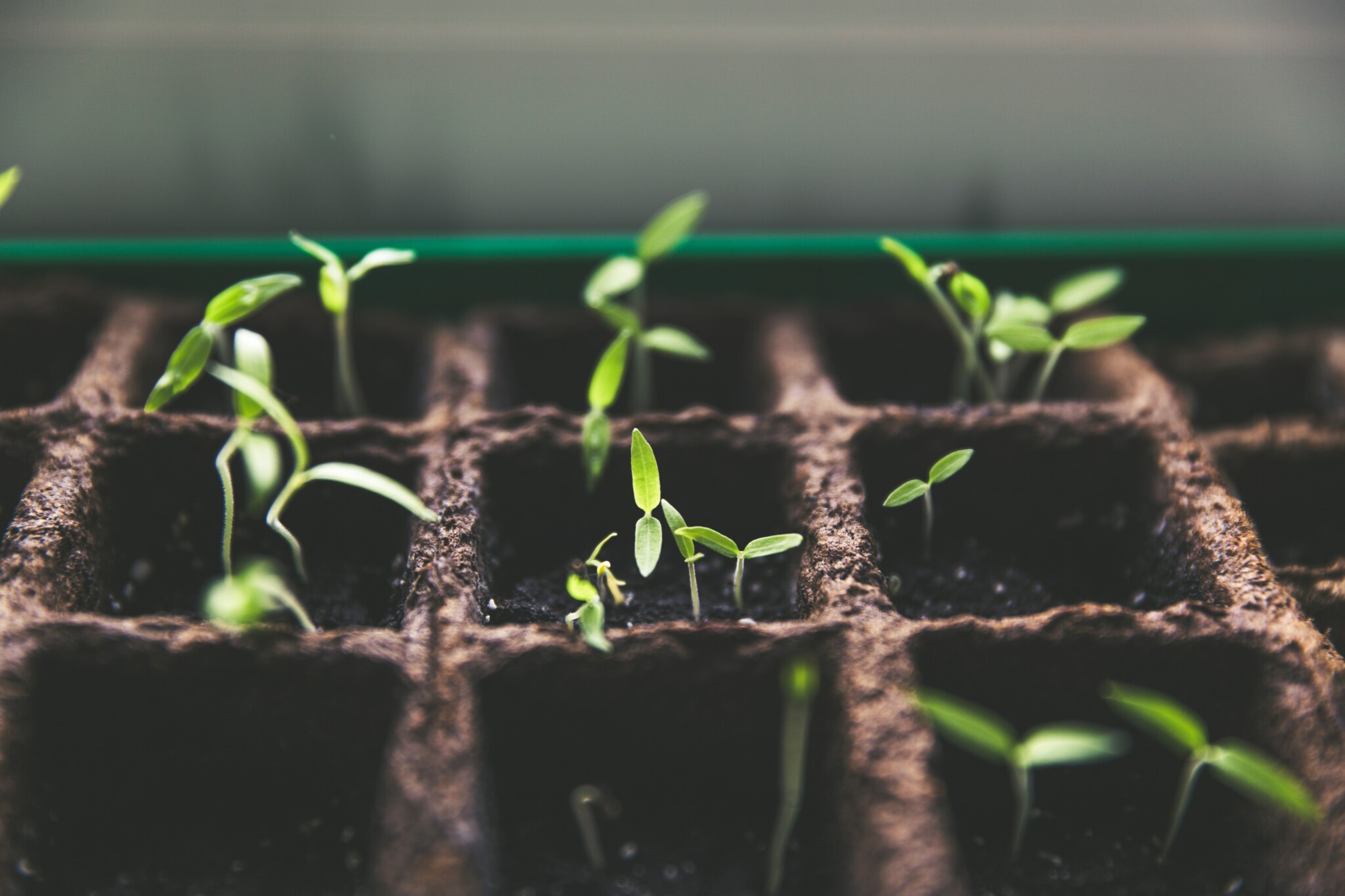When visiting the grocery store, or ordering take out, it’s easy to occasionally take where our food is sourced for granted. One solution to help appreciate our food, as well as its nutritional benefits, can be by starting a garden. However, this can be easier said than done, as not everyone has a natural green thumb, and may not even know where to begin. Additionally, an arid climate such as Las Vegas presents its own set of challenges when trying to grow fruits and vegetables.
In order to learn more about how to best approach gardening, LGA Architecture recently hosted Bryan Vellinga and Vanessa Portillo of Garden Farms of Nevada during our most recent Fireside Chat to learn some tips about gardening in the desert. Here are three of our favorites:
Gardening can lead to both mental and physical health benefits
Although much of the focus on the health benefits provided by gardening is on the physical side, the mental health benefits may be just as important. Gardening can be relaxing and therapeutic. During the pandemic, a big question for people became: “what can I do outside around my house to foster sound mental health?” This led to the adoption of many new hobbies, with gardening being a prominent one. Gardening allows one to spend time outdoors in the fresh air and sunlight in a way that is both fun and engaging. For families, this can also be a great way to get kids excited about being outdoors while also providing an educational element. The delicious fruits and vegetables you get are just a bonus!
A lack of water doesn’t mean you can’t grow edible plants
It’s no secret that we’re in a drought. To help combat this, water saving methods such as drip irrigation, the most water conscious type of irrigation, can be quite helpful. Additionally, many drought-resistant crops produce edible elements that require the same amount of water as an ornamental garden. Why not use a similar amount of water to grow plants you can eat that still look beautiful? You can have the best of both worlds! Many plants such as the desert willow, agave, and honey mesquite all have parts that can be eaten. Garden Farms of Nevada were kind enough to share their entire list of edible plants, which can be found here. Feel free to browse it and see how many of these plants you’ve spotted around town.
Tailor your garden to the resources you have available
For those who don’t have a backyard, and may need to garden within the confines of their home or on a balcony, alternate methods to traditional gardening may be used. Grow bags, which are large, fabric-like bags that can be moved around, are one such method. Aeroponics is another way to garden that has gained popularity in recent years. Aeroponic systems allow plant roots to sit in the air, where they are misted with water and nutrients. Hydroponic gardening, in which the plants are grown in water, is an option as well. However, this method may not be ideal for the home gardener due to the amount of power it uses. Taking advantage of lighting is another way to maximize your chances of gardening successfully. Some plants love the shade while some love the sunlight. It’s all about planning out your approach to your space and preferences. Additionally, some neighborhoods have community garden spaces.
These are just a few of the gardening tips shared during our Fireside Chat. To check out the larger conversation, and all the valuable information shared, see the recording on LGA’s YouTube channel. Until next time, grow forth and prosper!
